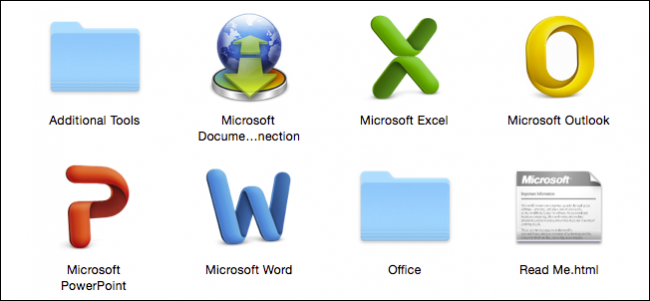Word 2011 for Mac lets you create, edit, and add new dictionaries to its collection of dictionaries. Perhaps your discipline, science, or profession uses a lot of specialized terms not found in the Word default dictionary, or maybe you need to add a dictionary for a language not supplied with Office 2011 for Mac.
A dictionary is simply a list of words with a paragraph mark after each word (created by pressing Return or Enter) in which the words are saved as a file with a .dic extension. Dictionary files aren’t different for Mac or Windows, but beginning with Word 2011, Word on the Mac may demand dictionaries that were saved a special way in order to support UniCode fonts.
Excel for Microsoft 365 for Mac PowerPoint for Microsoft 365 for Mac Excel 2016 for Mac PowerPoint 2016 for Mac Excel for Mac 2011 PowerPoint for Mac 2011 More. Less AutoRecover, a feature that is available in some Office applications, attempts to recover files automatically in the event of an application or system crash.
Microsoft Office 2011 For Mac
You can find custom dictionaries and foreign language dictionaries on the Internet by searching for them, and many are free.
The full-featured, power-packed Microsoft Office suite includes Word, PowerPoint, and Excel. The software is tailored to work on Mac computers and is priced just right for home and student users. Office 2011 features an enhanced, yet simplified dashboard called the Office for Mac Ribbon Interface. The primary replacement for menus and toolbars. When the Welcome to Office: Mac 2011 screen appears, select the option, Enter your purchased product key. Enter the product key from the retail package of Office for Mac 2011, and then click Activate. Save your Product ID information, click Continue, and then click Done. If prompted, install any updates. Word 2016 for Mac Word for Mac 2011 More. Office 2016 for Mac support is ending soon. Upgrade to Microsoft 365 to work anywhere from any device and continue to receive support. If you want your document to be read but not edited, you can save it as a PDF file. When you do, the PDF will retain your formatting and often be a.
To add a custom dictionary file, take these steps:
Choose Word→Preferences from the menu bar.
In the Authoring and Proofing Tools section, choose Spelling and Grammar.
In the Spelling section, click the Dictionaries button.
Click the Add Button.
Navigate to the .dic dictionary file and select it.
If the .dic file you want to use is grayed out, switch the Enable pop-up menu to All Files.
Click Open.
Your custom dictionary appears with a check box that’s selected in the Custom Dictionaries dialog.
Click OK to close the Custom Dictionaries dialog and then click OK to close the Spelling and Grammar preferences pane.
Your new dictionary is now available to Word, Excel, and PowerPoint. Outlook uses the Mac OS X dictionary.

Editing a custom dictionary in Word 2011 for Mac
Because dictionaries are simply text files, you can open them in Word, add and remove words, and save them again. If you ever accidentally add a misspelling to a custom dictionary or if you want to add or remove words, follow these steps:
Ms Word For Mac 2011 Updates
In Word, choose File→Open.
Select All Files from the Enable pop-up menu.
Choose the .dic file you want to use and click Open.
Click the Show button on Word’s Standard toolbar to toggle on the ability to see paragraph marks if they aren’t showing already.
Add or remove words from the list.
Click the Save button on Word’s Standard toolbar to save your changes; then click the Close button to close the document.
Making a new custom dictionary in Word 2011 for Mac

If you found a list of words, or you don’t mind typing your own list, you can start from scratch with an empty dictionary, and then add your list to it using the steps to edit a dictionary from the previous section. Here’s how to make a new, blank custom dictionary:
Office 2011 On Mac
Choose Word→Preferences from the menu bar.
In the Authoring and Proofing Tools section, choose Spelling and Grammar.
In the Spelling section, click the Dictionaries button.
Click the New Button.
Give your dictionary a name and then save it.
Click OK to close the Custom Dictionaries dialog and then click OK to close the Spelling and Grammar preferences pane.
Your new, empty dictionary is now available to all Office applications.
